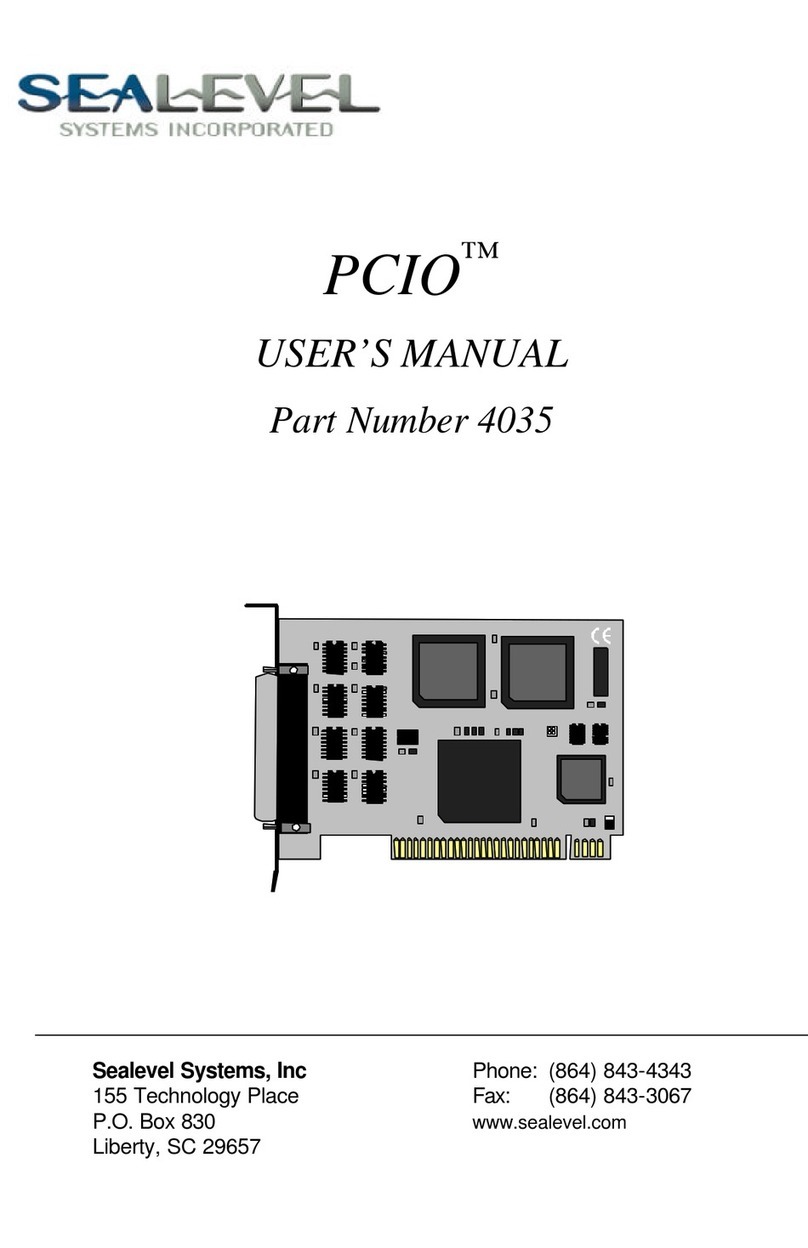SeaLevel SIO-104 User manual
Other SeaLevel Computer Hardware manuals
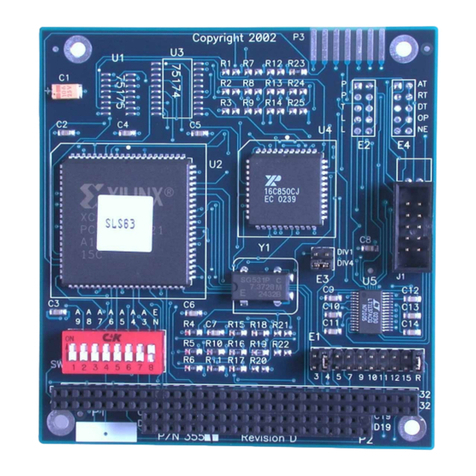
SeaLevel
SeaLevel SIO-104 User manual

SeaLevel
SeaLevel 8004H User manual

SeaLevel
SeaLevel PIO-48 4030 User manual

SeaLevel
SeaLevel SeaLINK+16/USB User manual
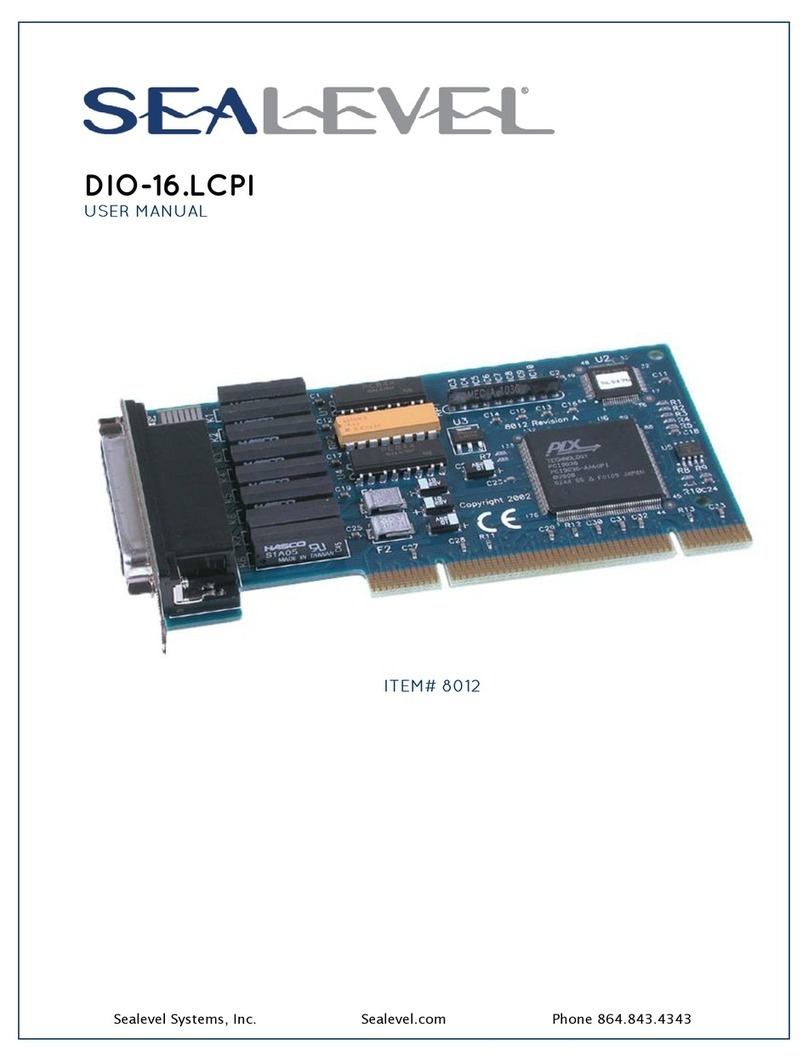
SeaLevel
SeaLevel DIO-16.LCPI User manual
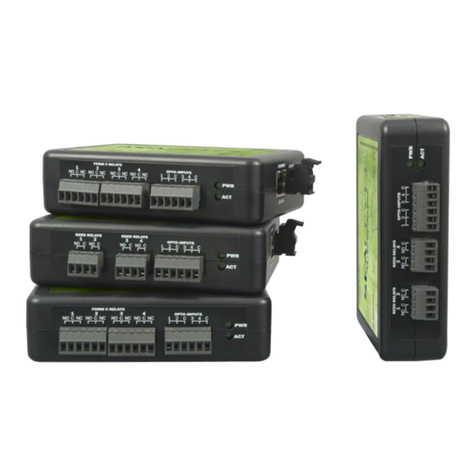
SeaLevel
SeaLevel eI/O-110 Series User manual
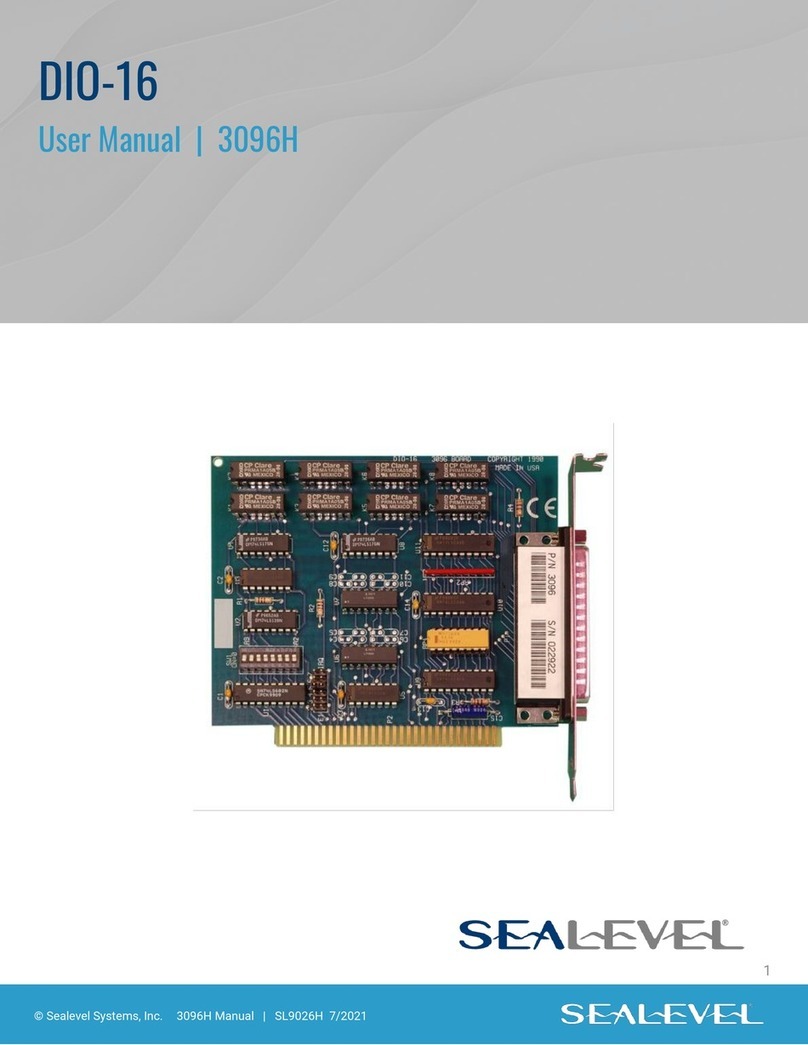
SeaLevel
SeaLevel SeaPORT DIO-16 User manual
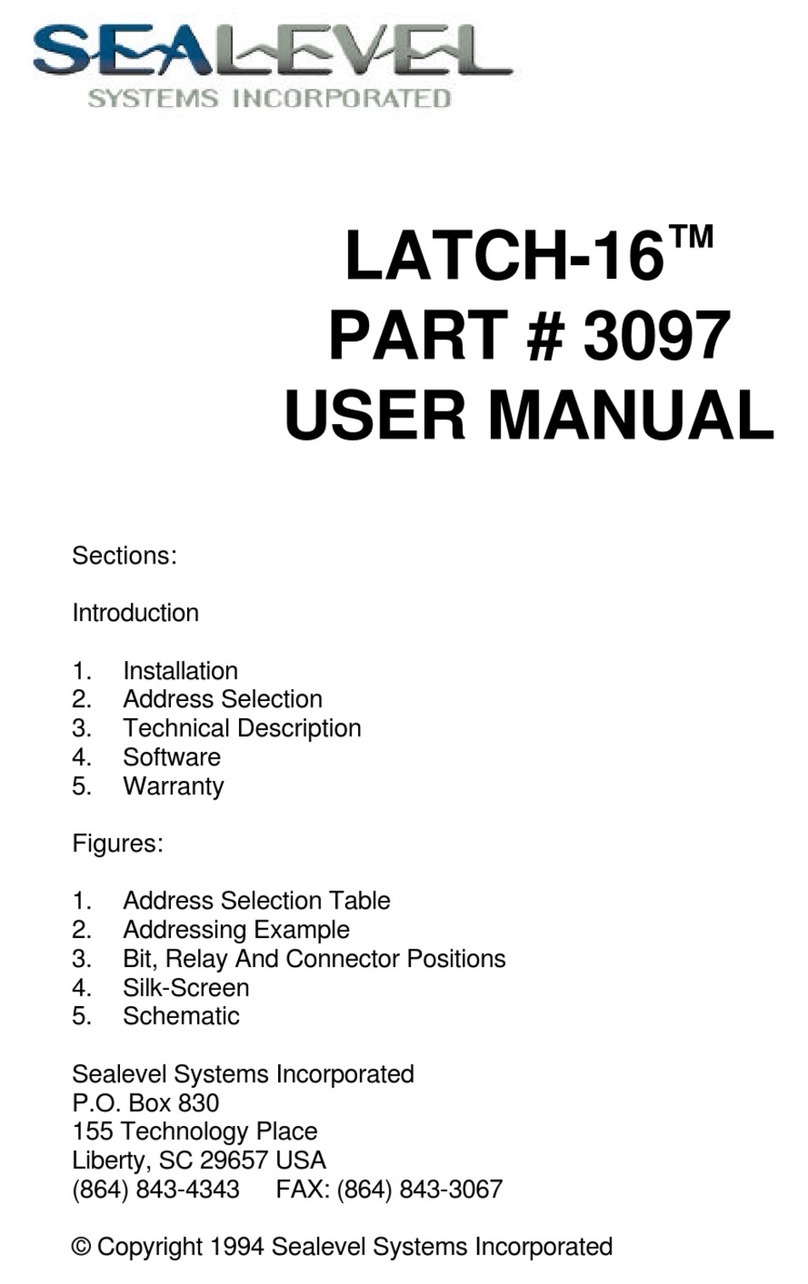
SeaLevel
SeaLevel LATCH-16 User manual
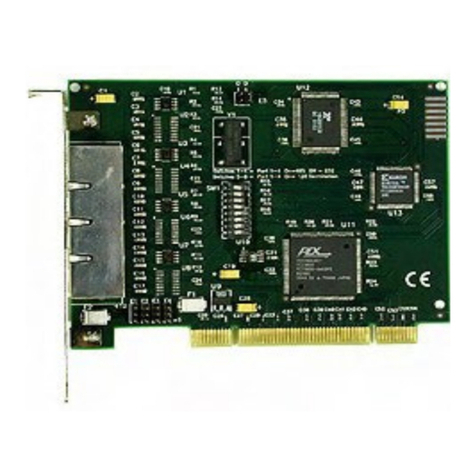
SeaLevel
SeaLevel POS+4.PCI User manual

SeaLevel
SeaLevel ACB II 3061 User manual

SeaLevel
SeaLevel SeaLINK+8/232.RJ User manual
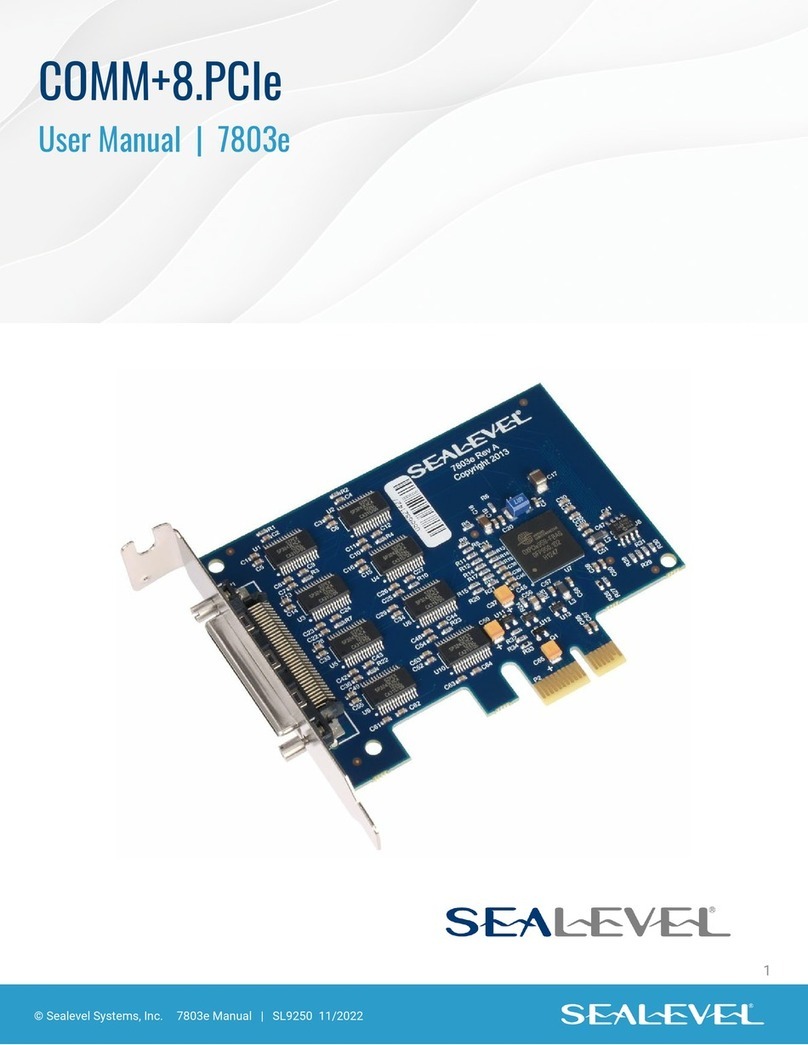
SeaLevel
SeaLevel ULTRA COMM+8.PCIe User manual
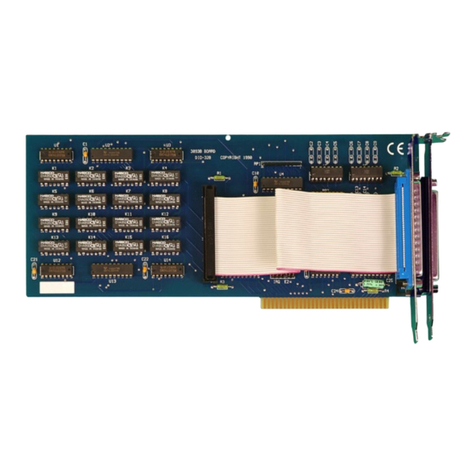
SeaLevel
SeaLevel DIO-32B User manual
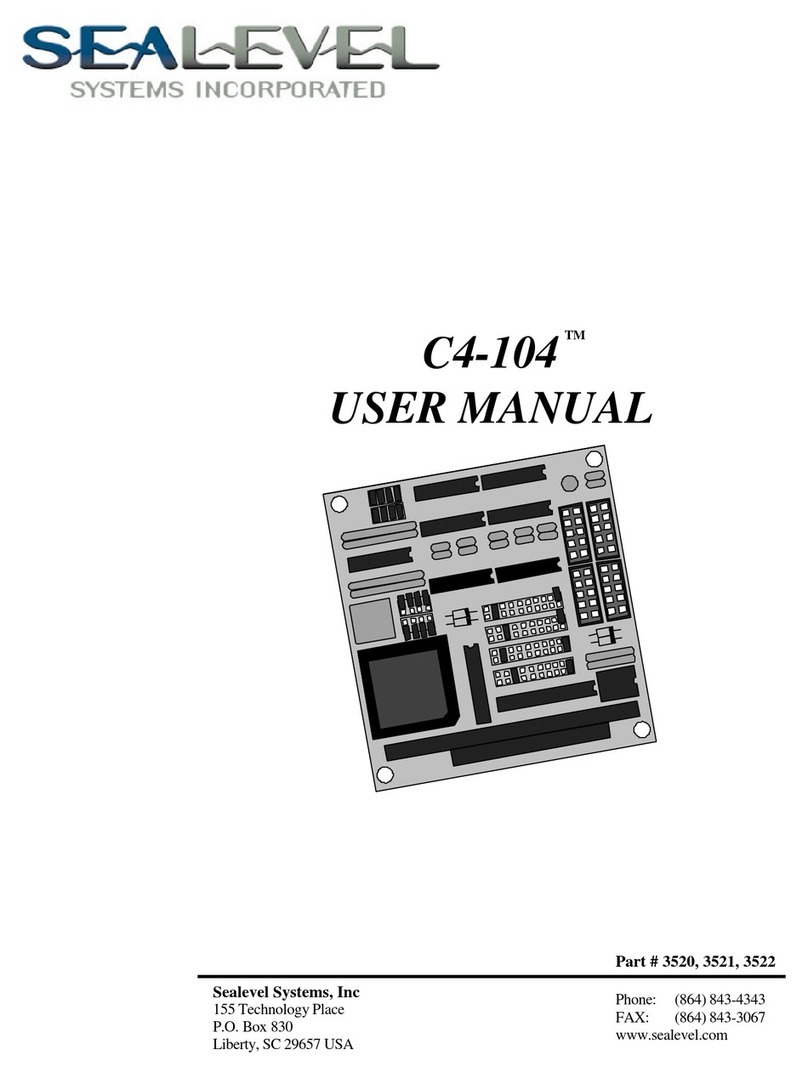
SeaLevel
SeaLevel C4-104 Series User manual

SeaLevel
SeaLevel SIO-530 User manual
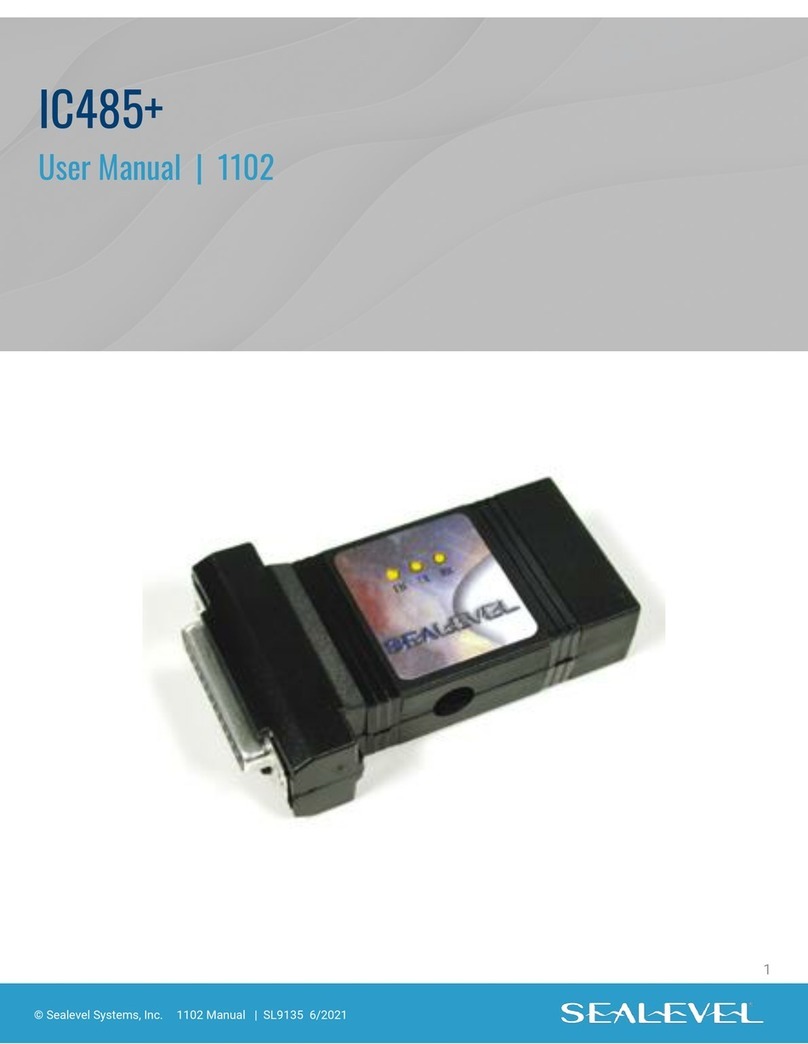
SeaLevel
SeaLevel IC485+ User manual

SeaLevel
SeaLevel ACB-232.LPCI User manual
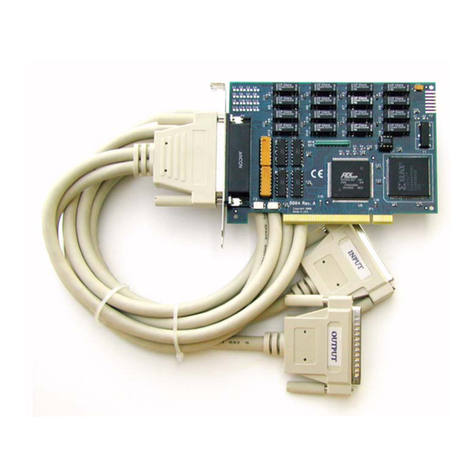
SeaLevel
SeaLevel DIO-32.PCI User manual
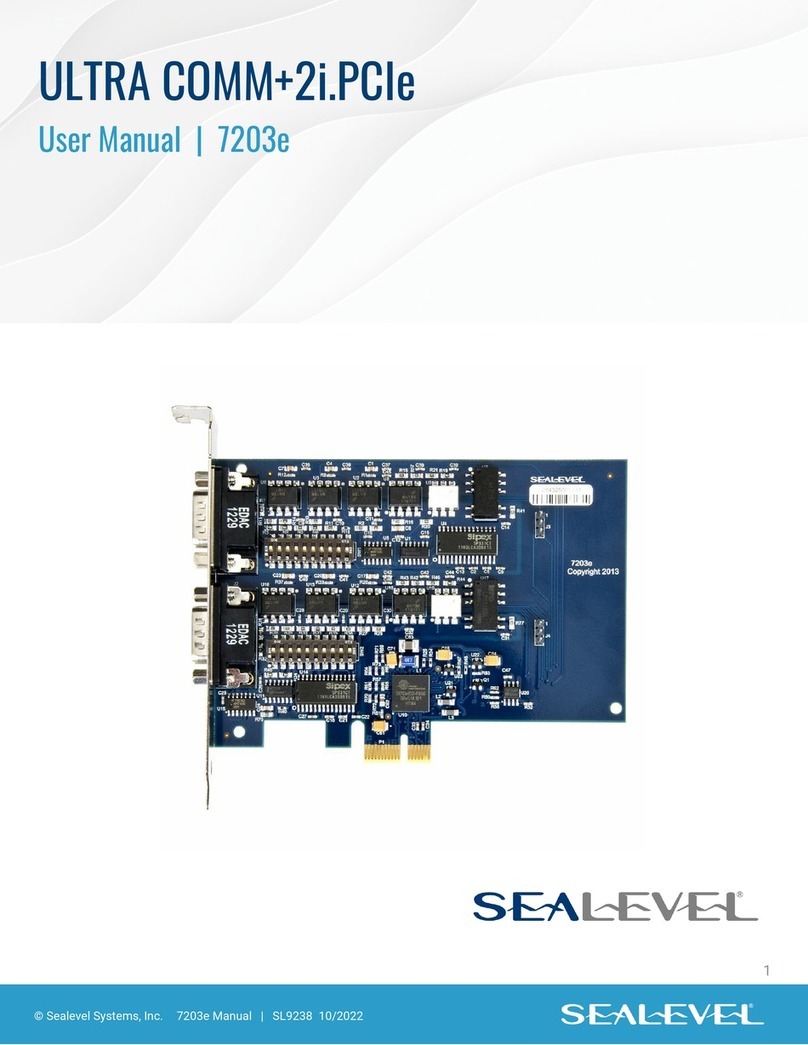
SeaLevel
SeaLevel ULTRA COMM+2i.PCIe User manual
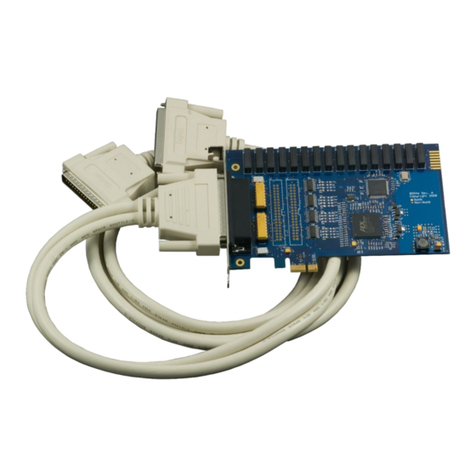
SeaLevel
SeaLevel DIO-32.PCIe User manual
Popular Computer Hardware manuals by other brands

Toshiba
Toshiba TOSVERT VF-MB1/S15 IPE002Z Function manual

Shenzhen
Shenzhen MEITRACK MVT380 user guide

TRENDnet
TRENDnet TEW-601PC - SUPER G MIMO WRLS PC CARD user guide

StarTech.com
StarTech.com CF2IDE18 instruction manual

Texas Instruments
Texas Instruments LMH0318 Programmer's guide

Gateway
Gateway 8510946 user guide

Sierra Wireless
Sierra Wireless Sierra Wireless AirCard 890 quick start guide

Leadtek
Leadtek Killer Xeno Pro Quick installation guide

Star Cooperation
Star Cooperation FlexTiny 3 Series Instructions for use

Hotone
Hotone Ampero user manual

Connect Tech
Connect Tech Xtreme/104-Express user manual

Yealink
Yealink WF50 user guide



